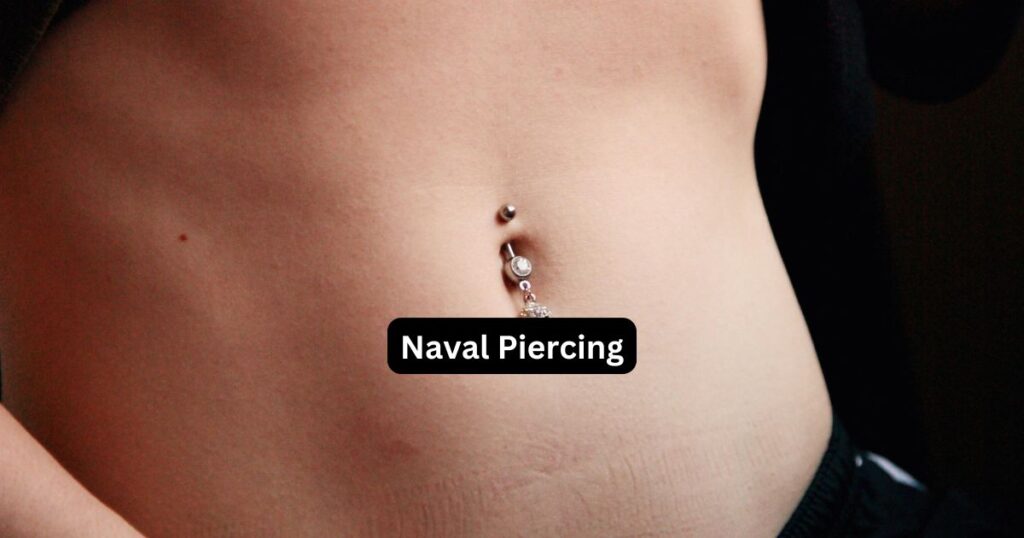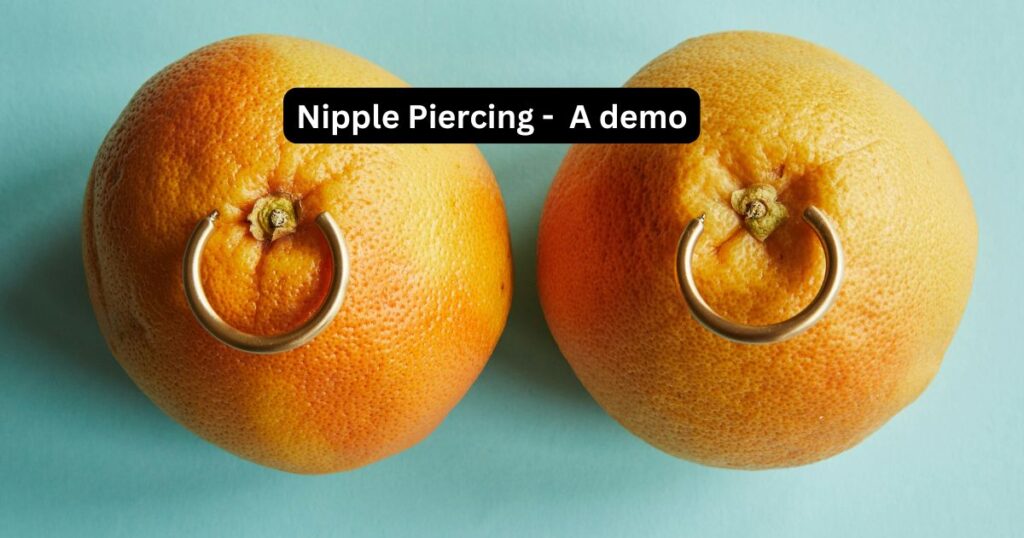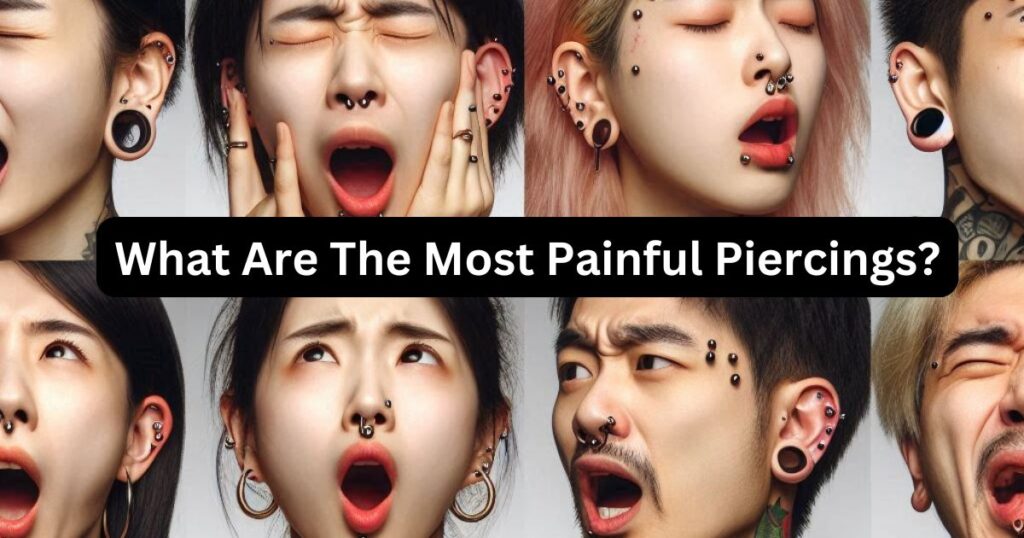Body piercings have been a form of self-expression for centuries. Some of the most common types of body piercings include:
- Navel piercings
- Nipple piercings
- Nape piercings
- Dermal piercings
- Genital piercings
- Back piercings
Whether for cultural, aesthetic, or personal reasons, people opt for different body piercings to adorn themselves. In this article, I will take you through the various types of body piercings, excluding facial, oral, and ear piercings. From the popular navel piercing to more unique placements, here’s what you need to know.
9 Types Of Body Piercings
Navel Piercing
Navel piercings are among the most common types of body piercings. They are placed at the upper curve of the belly button, offering a subtle yet fashionable option. Depending on aftercare, the healing time for a navel piercing can range from six months to a year.

People often choose barbells or rings for this type of piercing. Navel piercings are versatile and can work with many jewelry styles, making them a popular choice for those seeking simple yet stylish body piercings.
Nipple Piercing
Nipple piercings are another popular option when considering different body piercing types. Both men and women choose this piercing for personal reasons, and it can be placed on one or both nipples.

This type of piercing is known for its aesthetic and sensory appeal. Nipple piercings usually heal within six to twelve months. Choosing the right jewelry is important here, as it affects both the comfort and healing process.
Dermal Piercing
Unlike other types of body piercings, dermal piercings are unique. They don’t have an entry and exit point. Instead, they are embedded into the skin, often on flat surfaces like the chest, lower back, face, or even hips.

The dermal anchor, placed under the skin, holds the jewelry in place. This piercing requires careful aftercare to avoid infection, and it typically heals in one to three months. Dermal piercings can be an elegant option for those looking for something different from traditional body piercings.
Nape Piercing
A nape piercing is located on the back of the neck, near the base of the hairline. It is a surface piercing, meaning it doesn’t go through a body part like a traditional piercing but sits just beneath the skin.

Nape piercings can be striking, but they are prone to rejection or migration due to the body’s natural healing process. Healing time for this piercing ranges from six to twelve months, and it requires regular cleaning to prevent complications.
Sternum Piercing
Sternum piercings are another surface piercing, placed in the middle of the chest, over the breastbone. Like dermal piercings, sternum piercings can be either a surface bar or a dermal anchor.

These piercings are more prone to migration, as the skin in this area is tight and thin. However, with proper care, sternum piercings can last for years. They offer a unique way to enhance the appearance of the chest.
Hip Piercing
Hip piercings are located on the pelvic area, just above the hips. These types of body piercings can be either surface piercings or dermal piercings. Hip piercings are less common, but they can be a bold statement.
Due to their placement, hip piercings are more likely to experience friction from clothing. This can affect healing, which typically takes six months to a year. Careful aftercare and choosing appropriate jewelry are key to ensuring a smooth healing process.
Genital Piercing
Genital piercings are among the most intimate types of body piercings. Both men and women can opt for a variety of genital piercings, each with different placements and purposes. They include:
- Prince Albert Piercing: This is a common male genital piercing, done on the underside of the penis.
- Clitoral Hood Piercing: For women, the clitoral hood piercing is a popular option. It’s usually chosen for its aesthetic appeal or potential to enhance sensation.
- Foreskin Piercing: Some men choose to pierce the foreskin as a form of body modification.
These piercings are often chosen for their aesthetic and physical sensations. Healing time varies greatly depending on the specific piercing, but most heal within six months. It’s important to seek an experienced piercer for genital piercings to minimize the risk of complications.
Back Piercing
Back piercings, sometimes called corset piercings, are usually done in pairs along the spine or lower back. These piercings can create the look of a lace-up corset when combined with ribbons.
Back piercings are considered surface piercings, and like other surface piercings, they carry a higher risk of rejection. Healing time for back piercings can range from six months to a year, and they require diligent aftercare to prevent infection.
Hand Piercing
Hand piercings are another unusual type of body piercing. They can be placed on the top of the hand or fingers. Most hand piercings are dermal piercings, as this area doesn’t allow for traditional jewelry placement.
Due to the constant use of the hands, these piercings are prone to irritation and movement. Healing times can vary, but most hand piercings heal in one to three months. Proper care is necessary to avoid complications.
A Summary
There are many different body piercing types to explore beyond facial and ear piercings. Each piercing comes with its benefits, healing time, and care requirements. Whether you’re interested in a subtle navel piercing or a bold dermal option, understanding the types of body piercings can help you make an informed decision.
Be sure to choose a reputable piercer and follow aftercare instructions to ensure the best experience with your chosen body piercing.


